“Gas, gas, baseball and bass.” A look in the trunk of Jan “Janne” Berg’s 1968 Dodge Coronet convertible says it all. The theme of this story is just as clear. Berg loves brännboll (a Swedish version of baseball), hard rock with heavy bass and hitting the gas pedal. In other words, everything that makes life worth living. Let’s go!
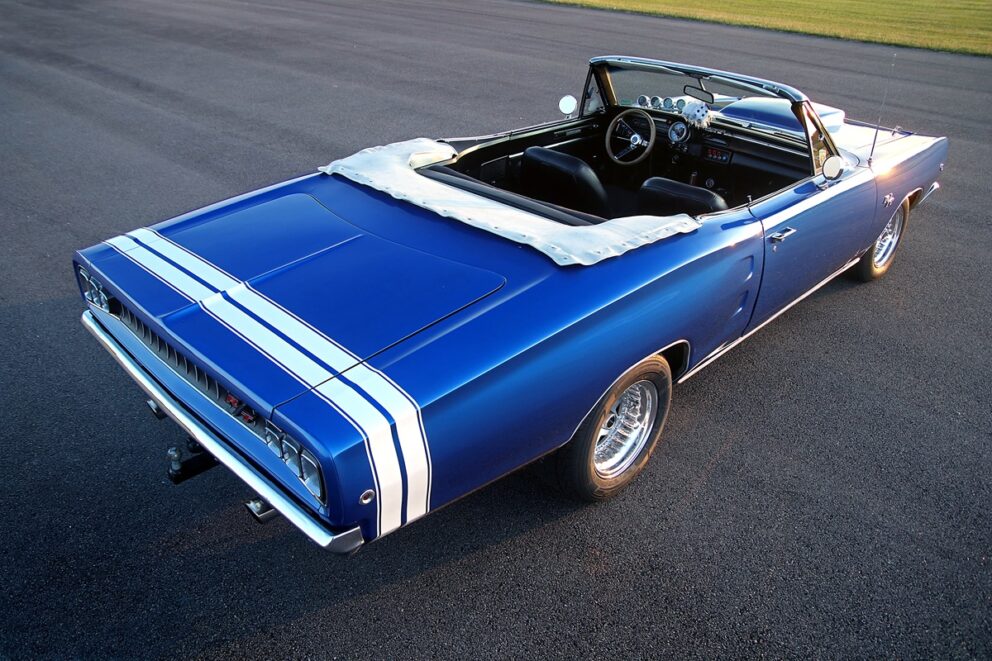
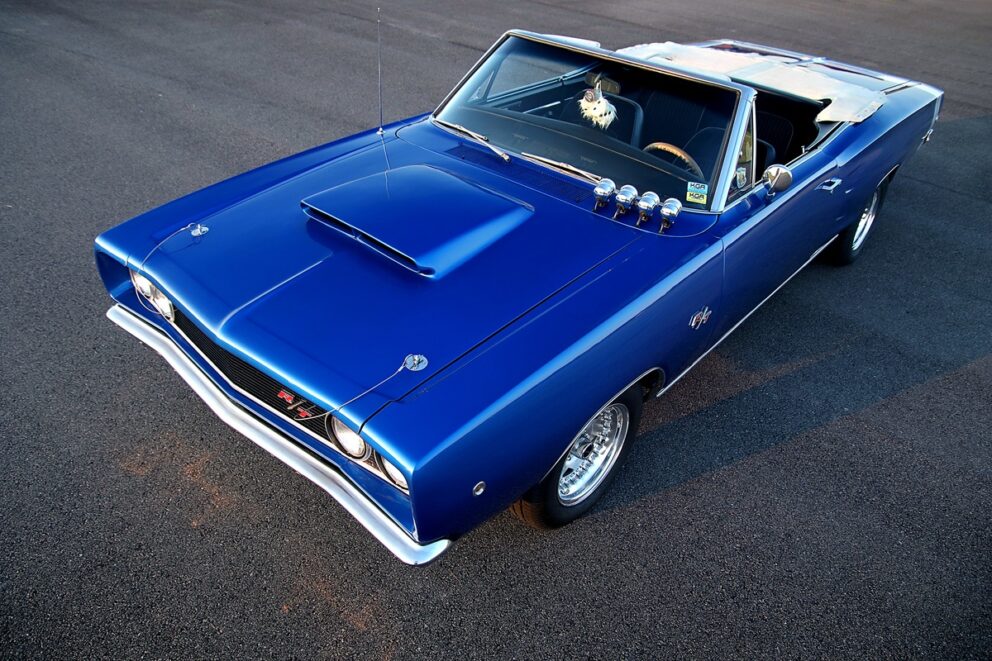

Six years. That is how long Berg has owned the Coronet at the time of the interview.

“Time flies. Back in the days, I owned a red Pontiac Bonneville. A guy from a neighboring town kept pestering me to sell it, but the car wasn’t for sale. However, he offered so much that I changed my mind,” Berg says.
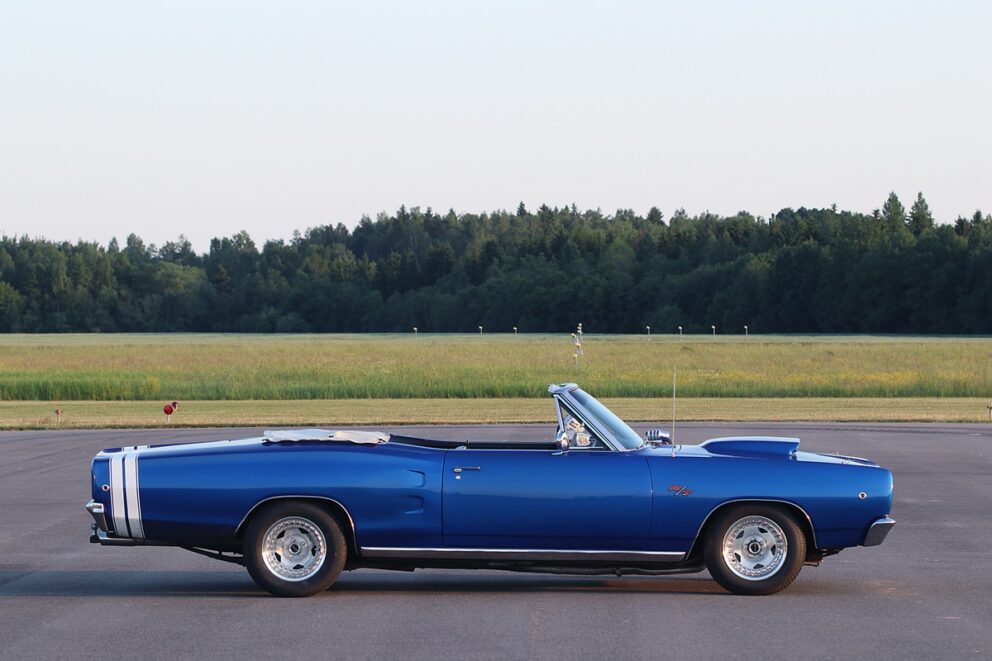
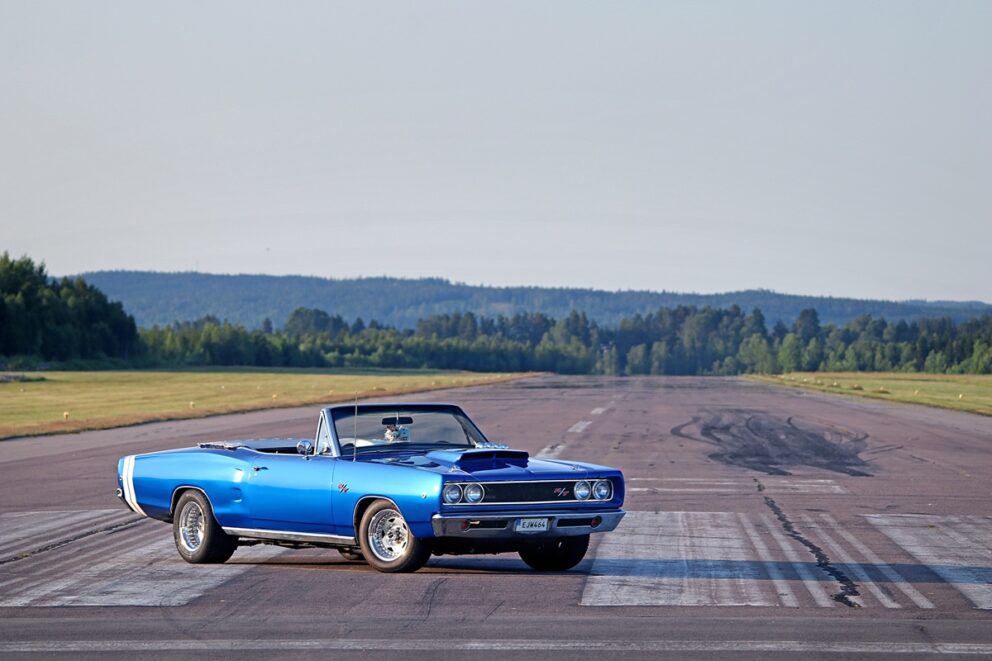
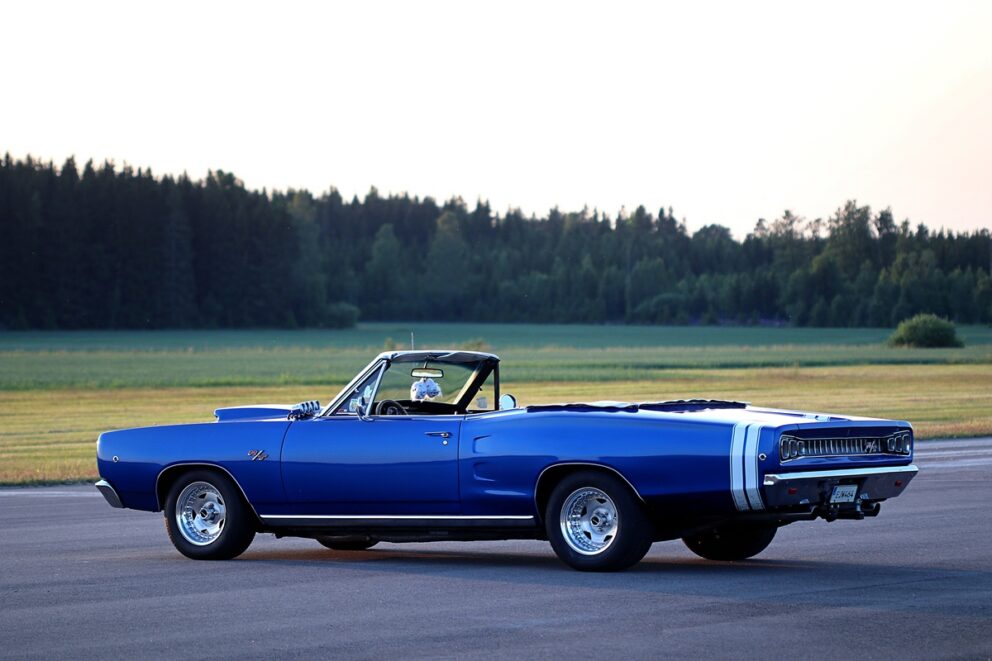
Panic followed. He quickly turned to Blocket, a major Swedish classifieds site, and up popped the Coronet. The ad had been live for about 30 minutes when Berg started stress-calling – once every five minutes. But all he got was busy signals.

“I’ve been talking nonstop on my cell phone since I posted the ad,” the owner said when Berg finally got through. But the car was still available. “So I said I’d buy it, provided the condition matched the photos and description. The following weekend, I headed up to Stockholm, the capital of Sweden, and sealed the deal,” Berg says.
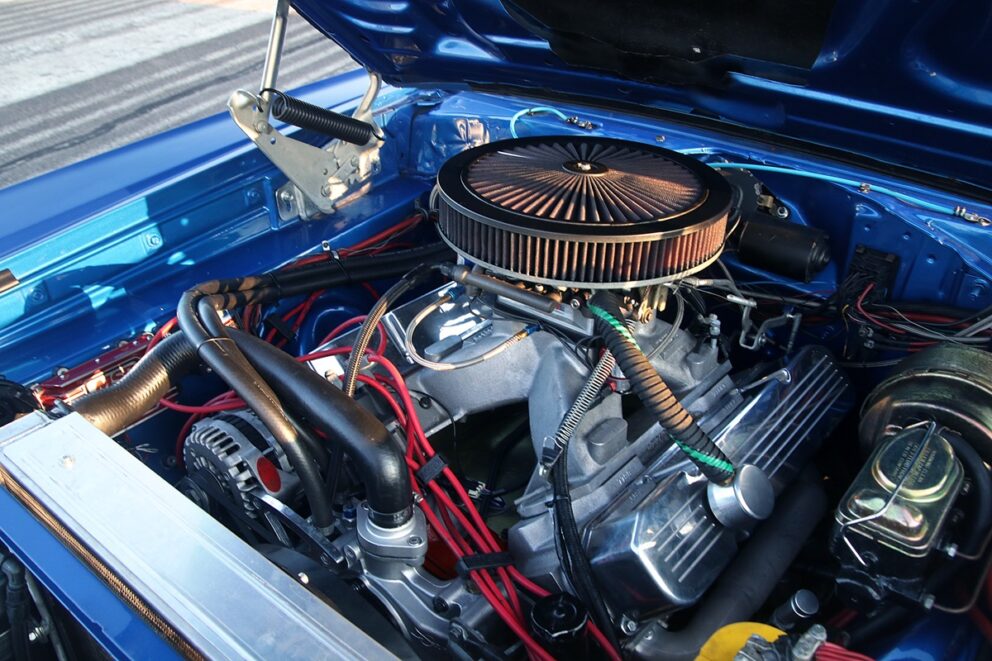
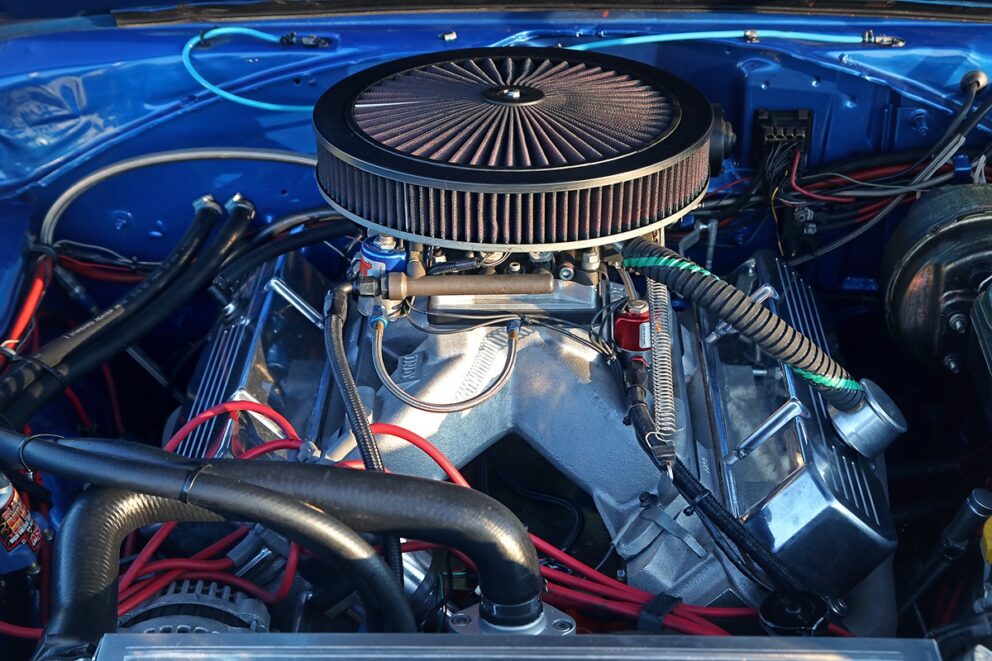
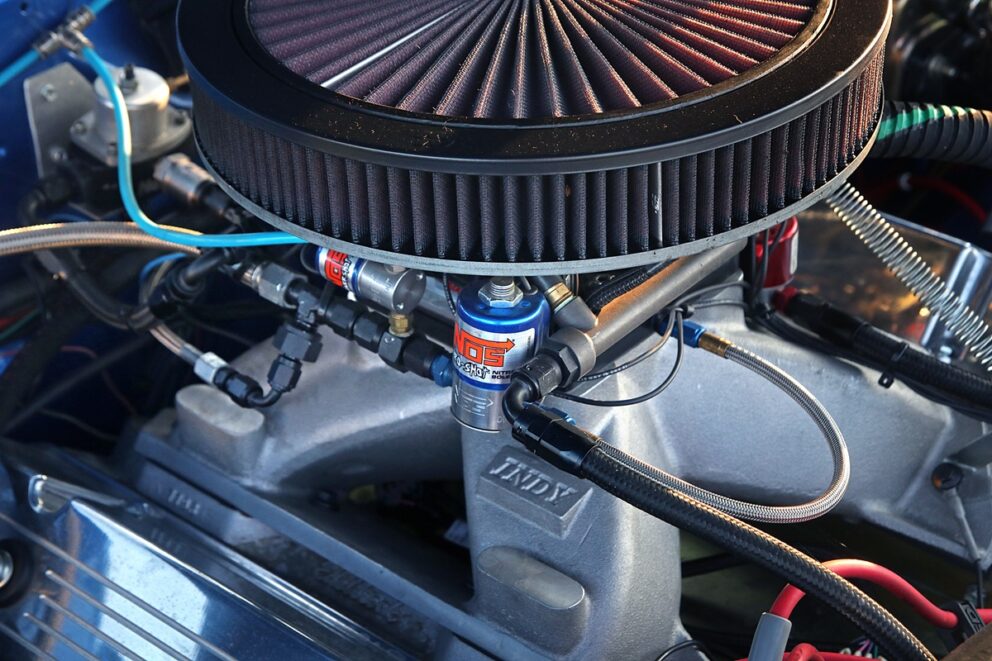
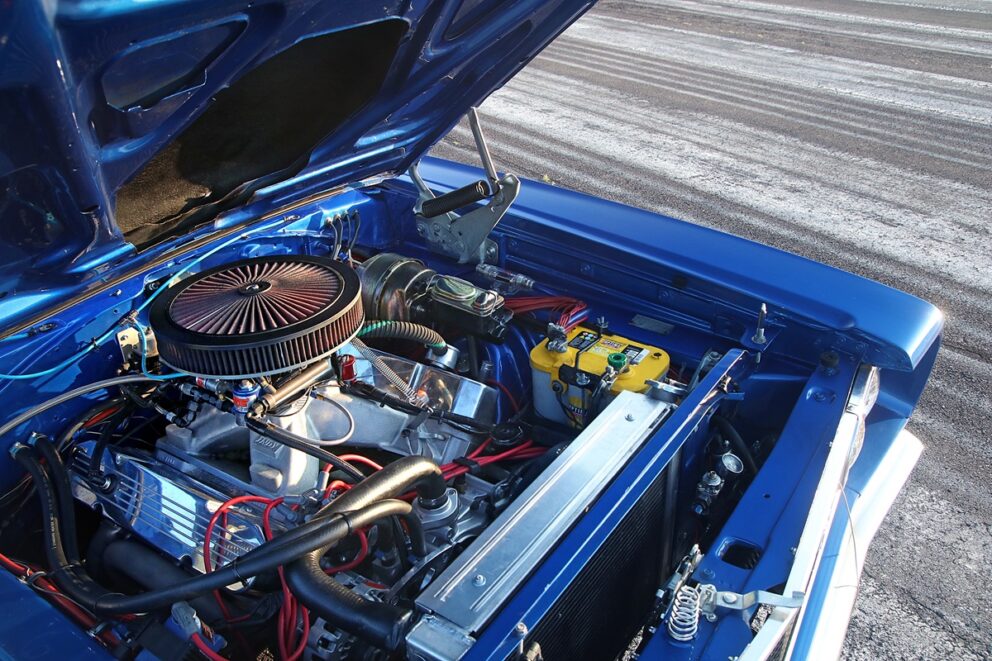
When Berg bought the car, it had a 383 cui engine. It was fun for the rest of the 2014 summer, but not much more. So Berg built a 440, which he dropped in for the 2015 season. Pretty soon, however, it started leaking a little oil from the rear main seal, a common issue, which led to “engine out.”
And while the crankshaft was being machined and the engine was apart…
“…it just made sense to go for a performance build. So I did,” Berg says with a grin. The new power figure landed at 500 horsepower, plus an additional 250 horses from nitrous.
Was Berg satisfied with the 440 cui? For a while, at least.
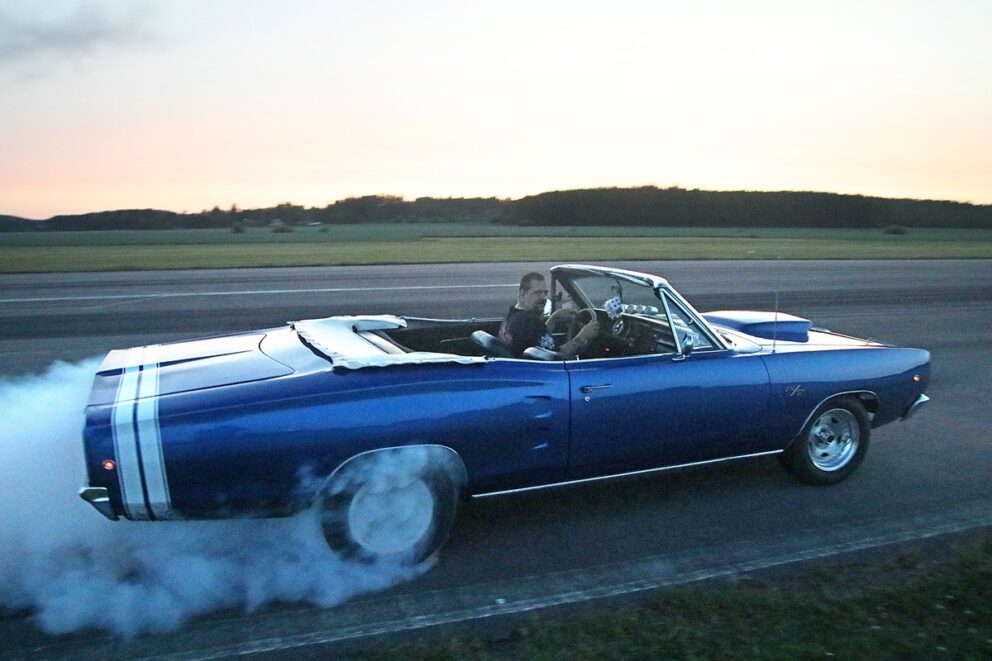
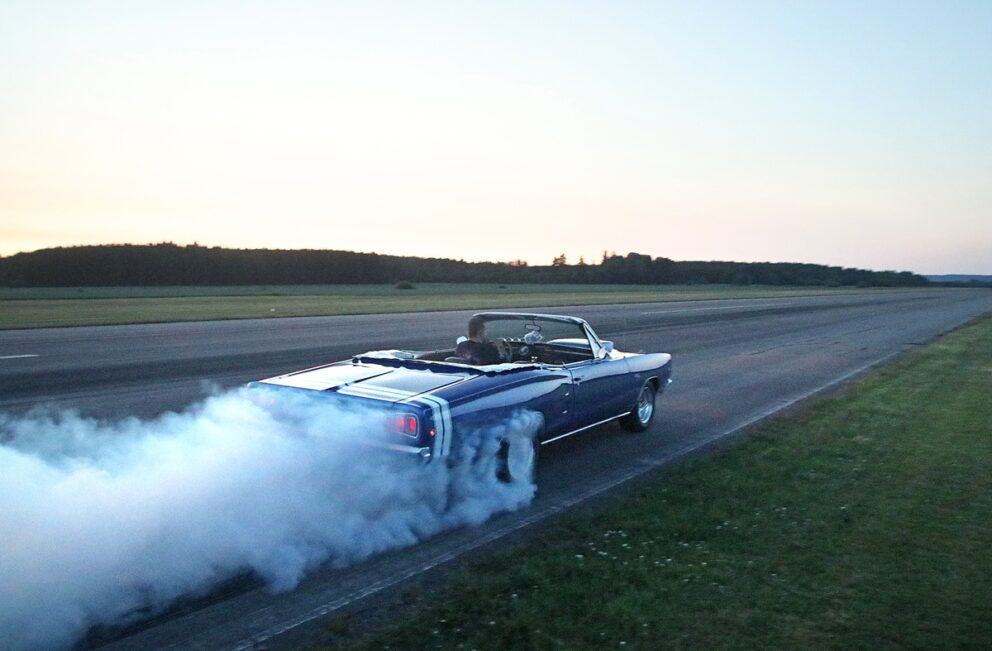

“I won the Karlskoga’s Fastest 2017 competition in my class with the 440. I drove the 1/8 mile (201 meters) in 7,59 seconds. The breakout time was 7,5 seconds. The Coronet was running like a locomotive back then, smooth and steady,” Berg says.
There was just one problem. The car devoured rear axles for breakfast.
“How many have I broken? Five 8 3/4-inch axles. It didn’t matter if it was a 489 case, torsen diffs, you name it. Eventually, I had to buy a Dana 60. Final ratio is 4,10:1, and together with a Gear Vendors overdrive, daily driving became very pleasant – like a new car,” Berg says.
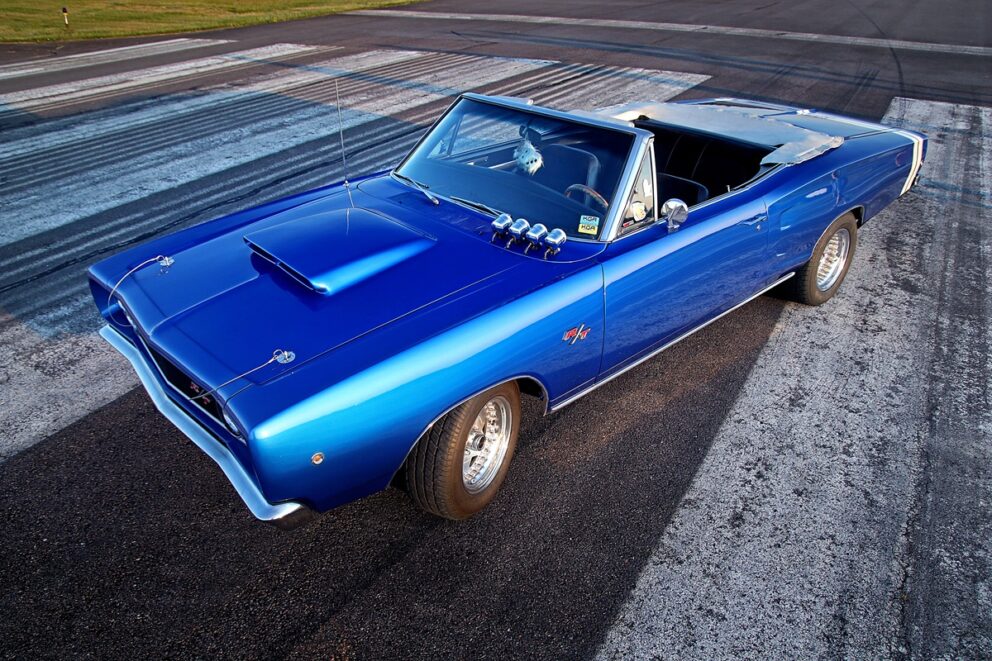
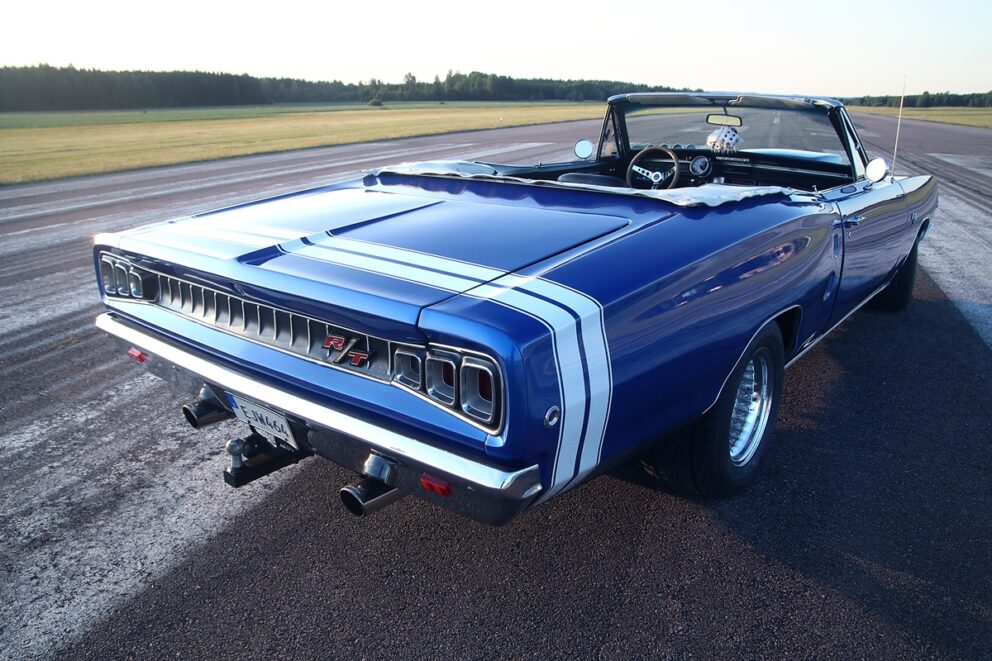
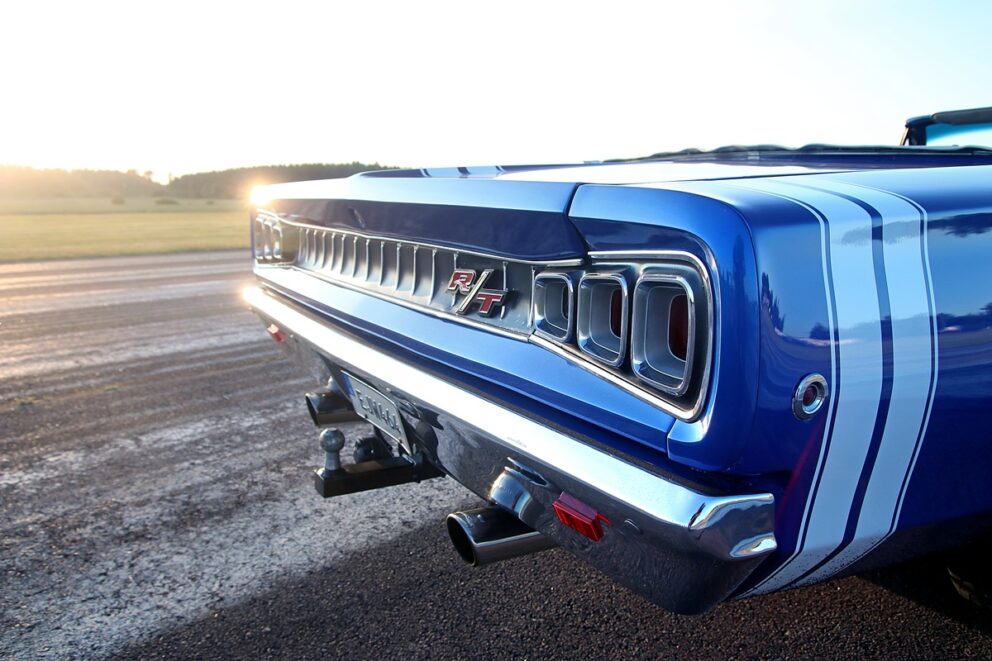
When Berg drag races the Coronet, he does so with the nitrous system activated – 750 horsepower in total.
“It works great. I activate the nitrous with a button, and then at 3,700 RPM, it kicks in. That way, the car rolls about 20-30 meters before the nitrous hits, and the Dodge stays very stable after that,” Berg says.
But happiness never lasts forever. It didn’t take long before the next upgrade: a 400-cubic-inch block stroked to 512 cubic inches.

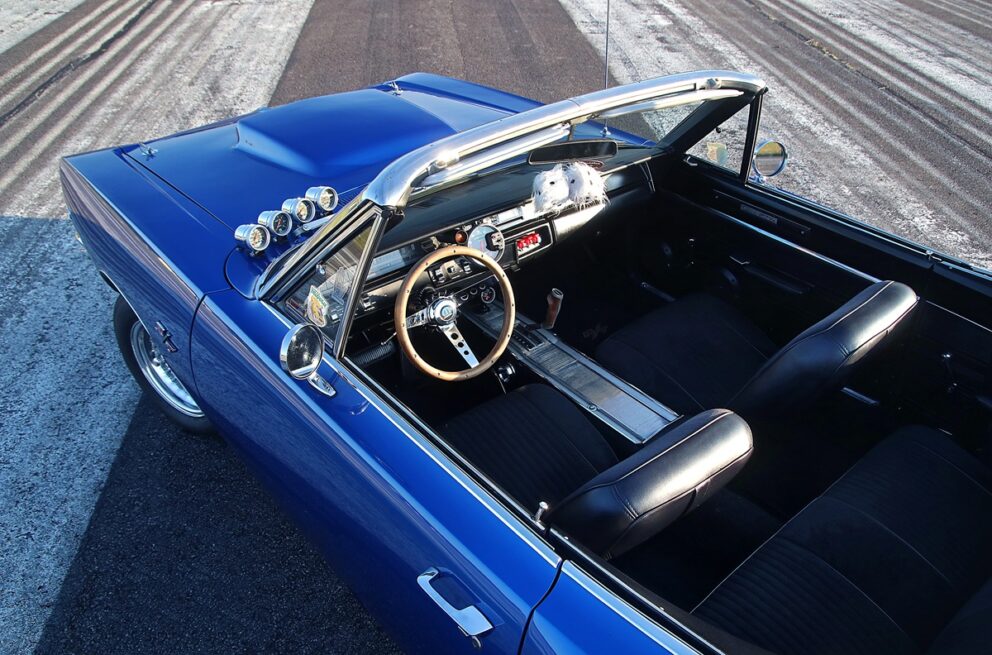
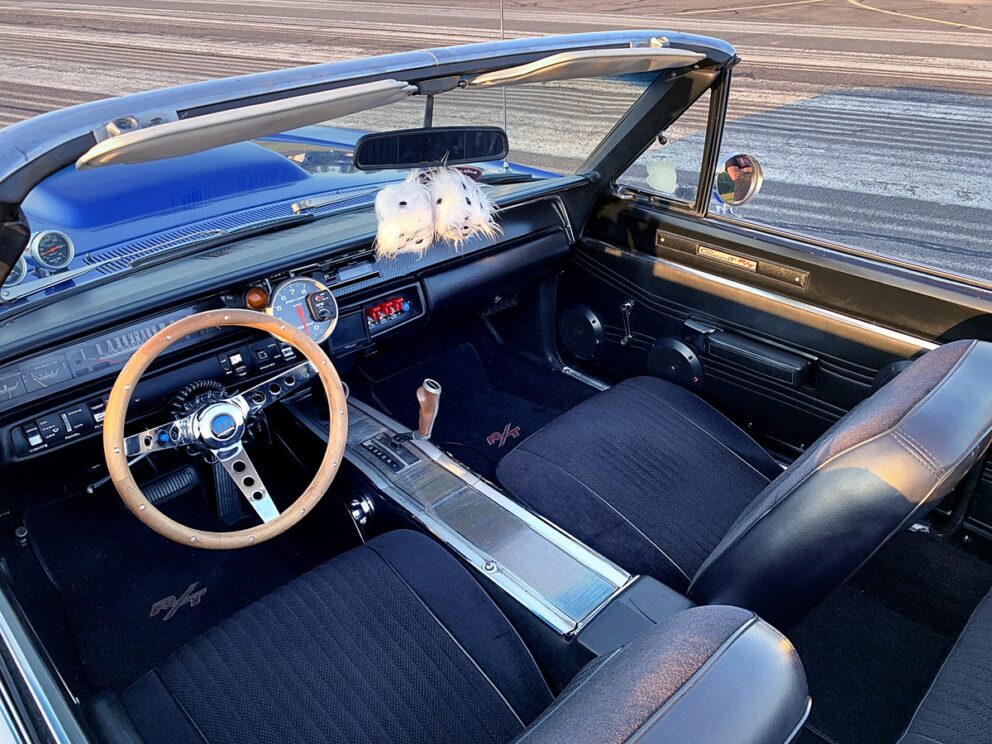

But is just over 500 cubic inches really enough? Well, if your goal is to hit 1,000 horsepower, then yes. Berg actually revealed this goal to me when we first met three years ago. But achieving it requires a solid bottom end. The engine now has a main support girdle, billet main caps and the block is partially filled with concrete up to where the piston rings travel.
“I’ve done pretty much everything possible to make a stock block hold up. If it breaks now, I’ll have to buy an aftermarket block,” Berg says.
The stroker kit is from 440 Source – full forged internals. The heads are Edelbrock Victor 440s, large-port versions that have been cleaned up.


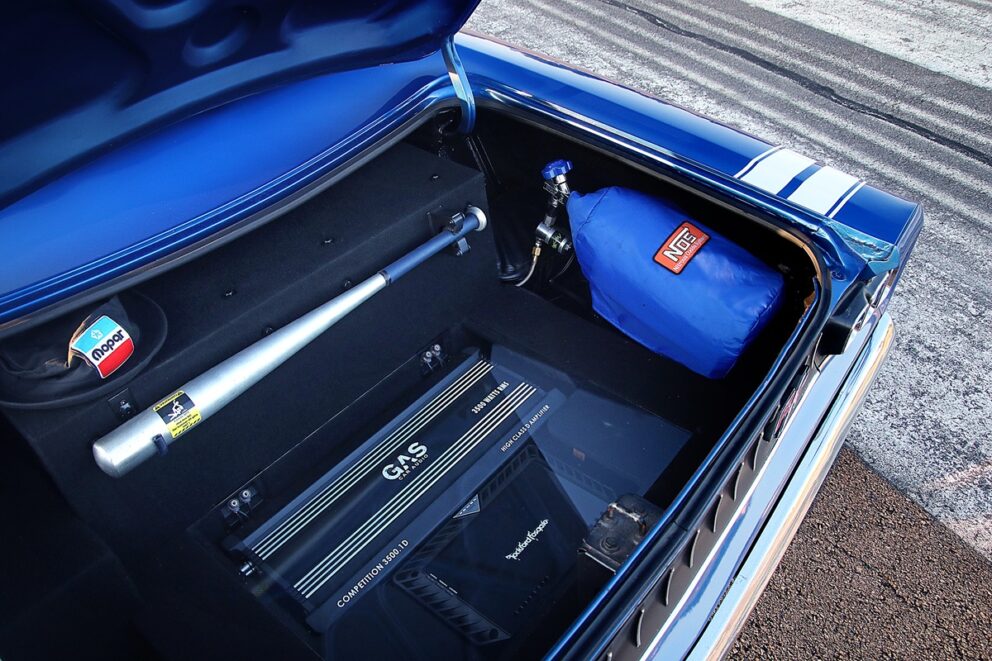
The camshaft is a COMP Cams unit, custom grind for this V8. The fuel injection system is a Holley EFI Terminator with larger injectors than stock, mapped separately for racing and street driving.
Of course, the 512 was dyno-tested. The results? Did he hit his four-digit goal?
Yes. 750 horsepower naturally aspirated, plus 400 horsepower from nitrous. A total of 1,150 wild ones. Pretty exciting – especially in a convertible.
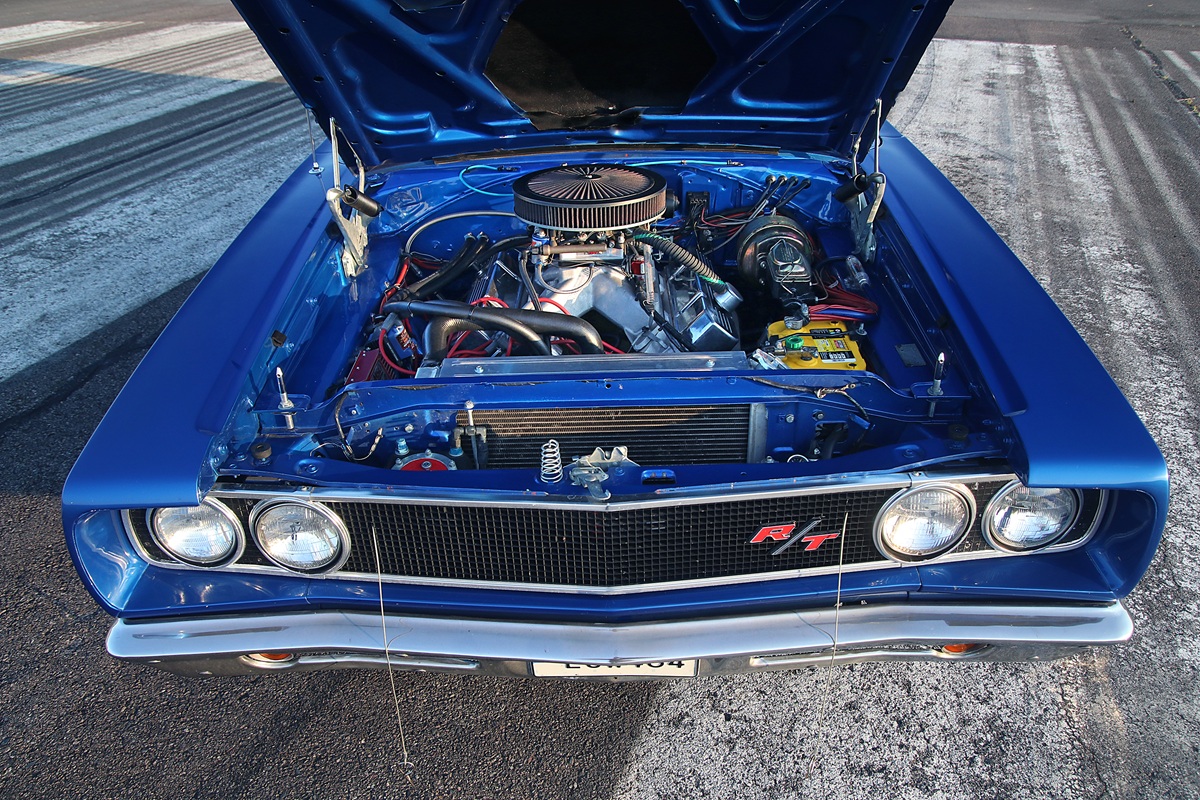
“The only thing I haven’t done to the Coronet is a full repaint. But I did repaint the engine bay, which was matte black when I bought it. When the color was mixed, it turned out to be very similar to Subaru blue. That said, I’ve seen several Mopar® [vehicles] with this color, so it’s likely an original shade,” Berg says.
A roofless car, as mentioned, demands a lot – like a thoroughly upgraded chassis.
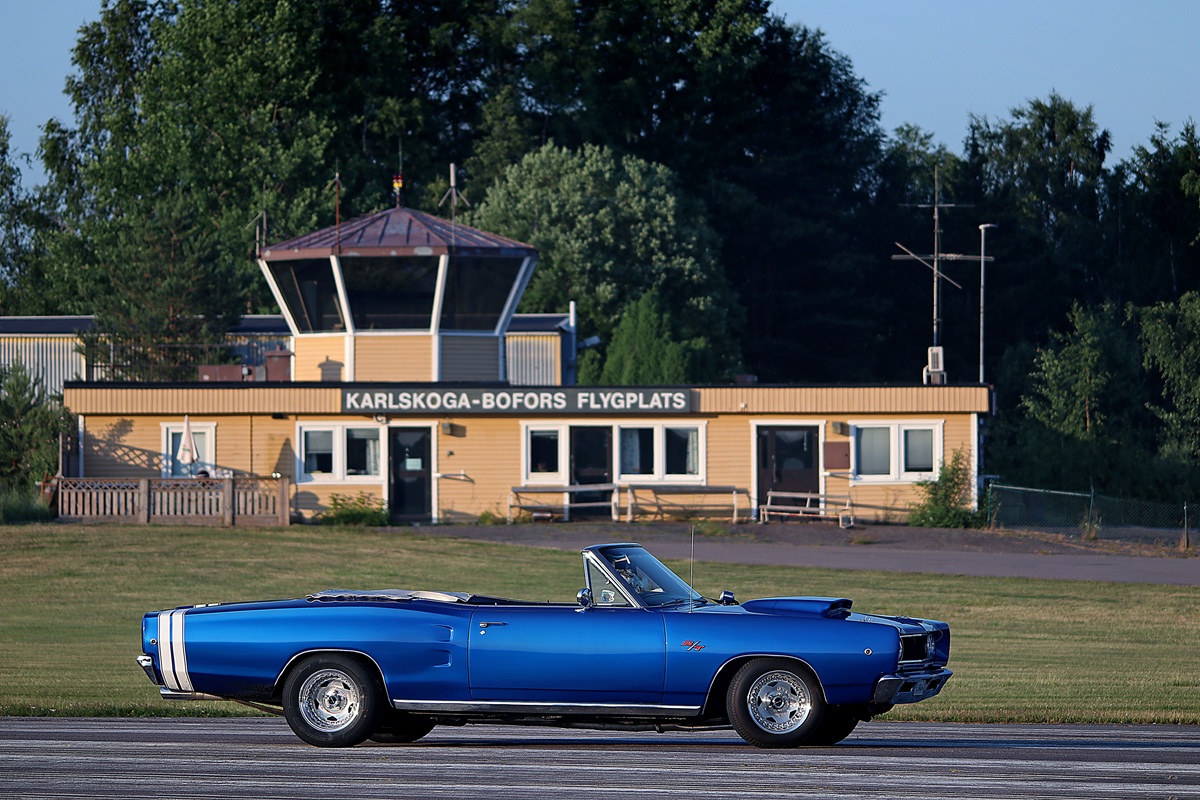
“I’ve replaced a lot in the front and rear suspension. Installed subframe connectors, swapped to polyurethane bushings, and added leaf springs from Mopar Performance. I also installed a pinion snubber. It’s a typical Mopar thing – a small adjustable rod mounted on the rear axle that presses against a reinforced section of the floor under load,” Berg explains.
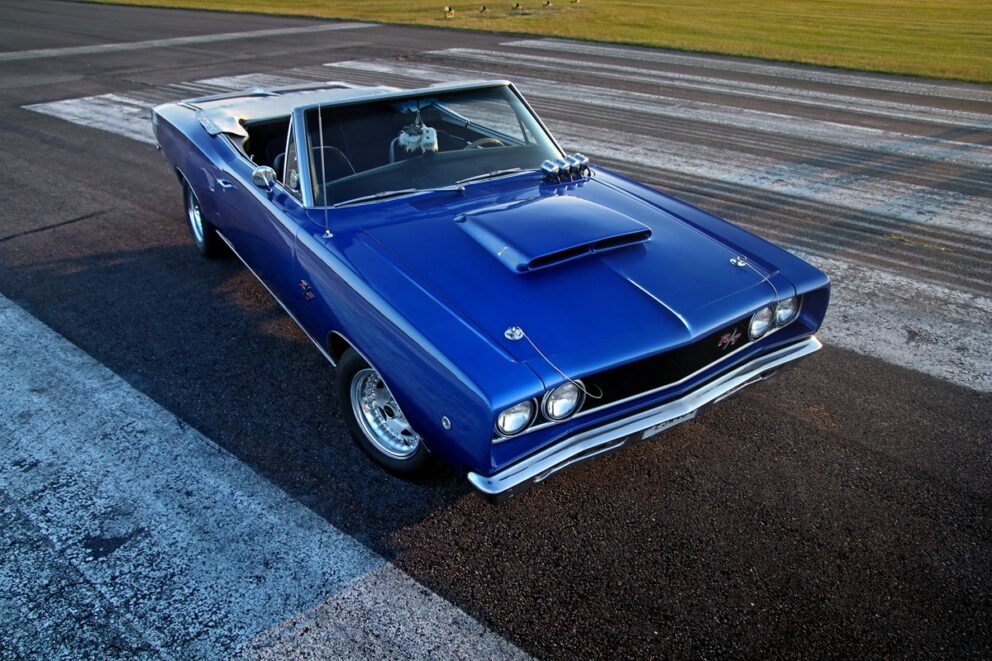
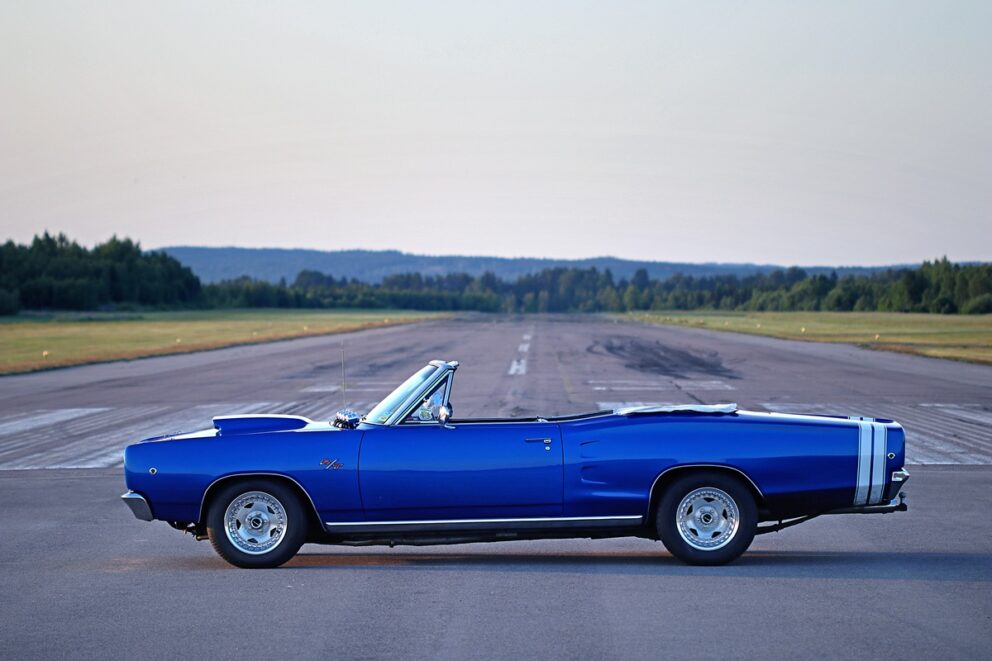
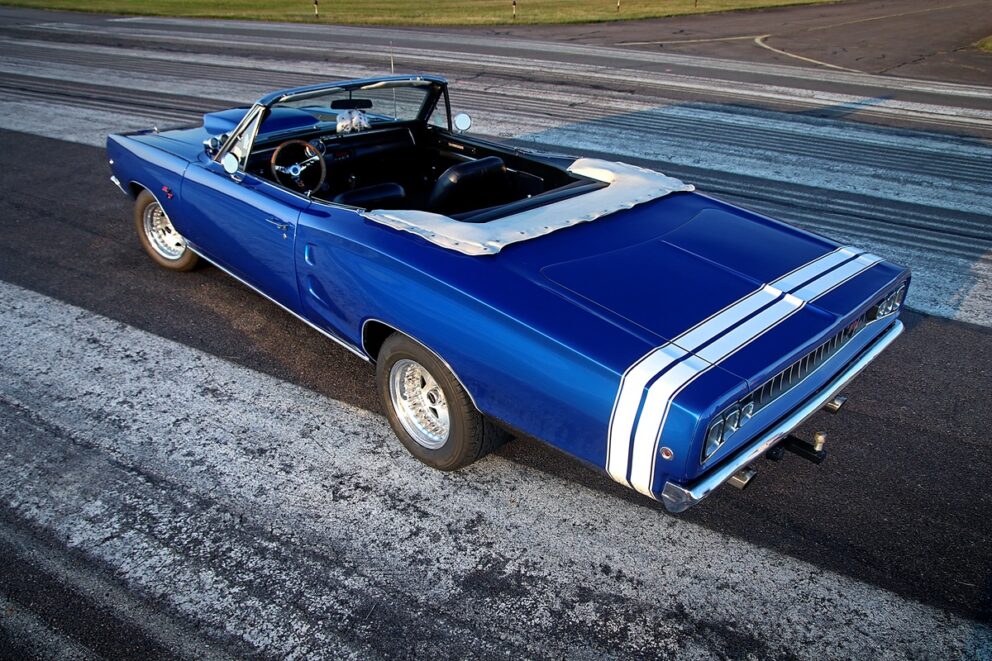
Put simply and roughly, a pinion snubber acts like factory-built traction bars. But instead of two rods at the wheels, it sits centered on the differential. Maybe not quite as effective, but it saves weight. Berg notes that all these modifications have given him surprisingly good handling – for a 1960s American car.
So what’s the deal with a muscle car convertible, anyway?
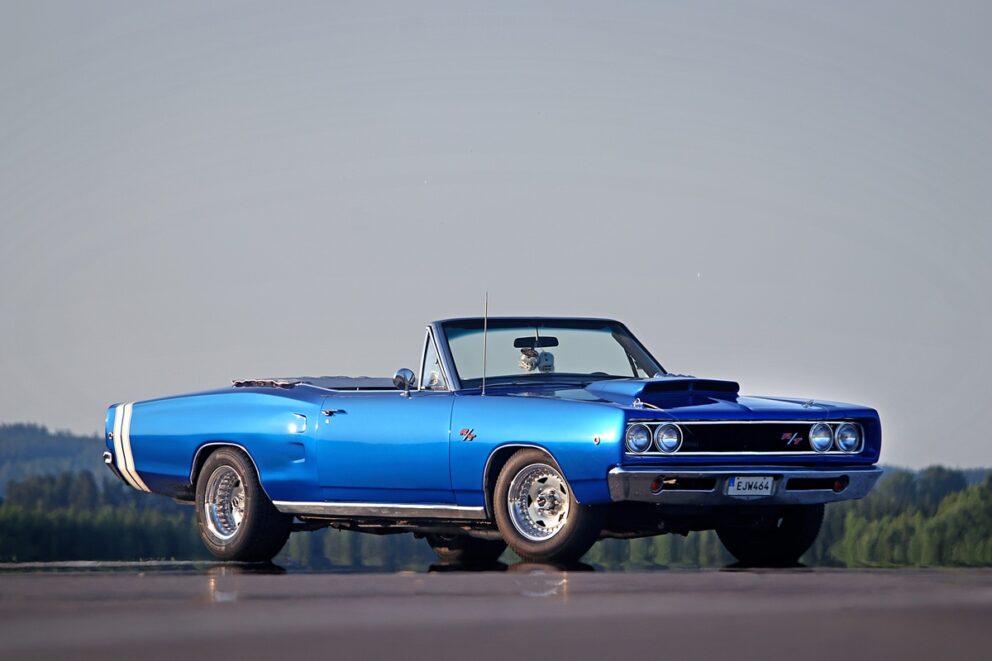
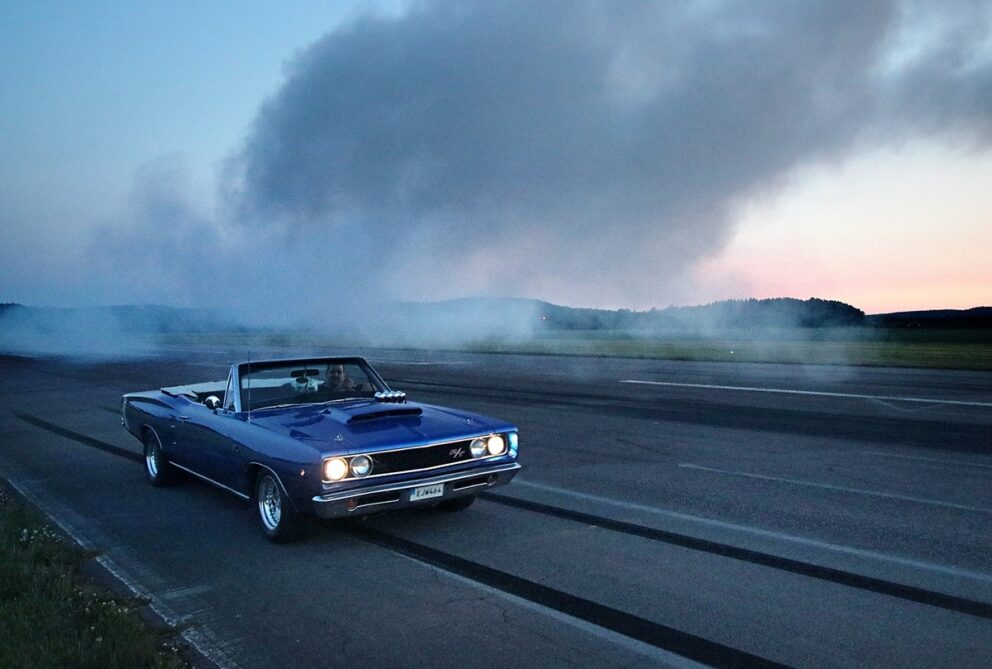

“It’s badass! The best of both worlds. One moment you’re cruising with your buddies, having the time of your life, and the next you’re racing. Plus, the car turns heads, and it’s fun doing something nobody else does. Is it 100 times smarter to build a hardtop for performance? Absolutely. If you look at Street Week rules, which I’m thinking about entering, you’re allowed to run 6,8 seconds in the 1/8 mile with a roofed car. Without a roof, it’s nine seconds. So… I’m a bit tempted to put in a removable roll cage,” Berg says.
It’s not just rear axles Berg has broken. Recently, his transmission failed at the output shaft, and he is now about to install his third 727 transmission. That tends to happen when you load the car with four big friends and head downtown for a serious burnout session.
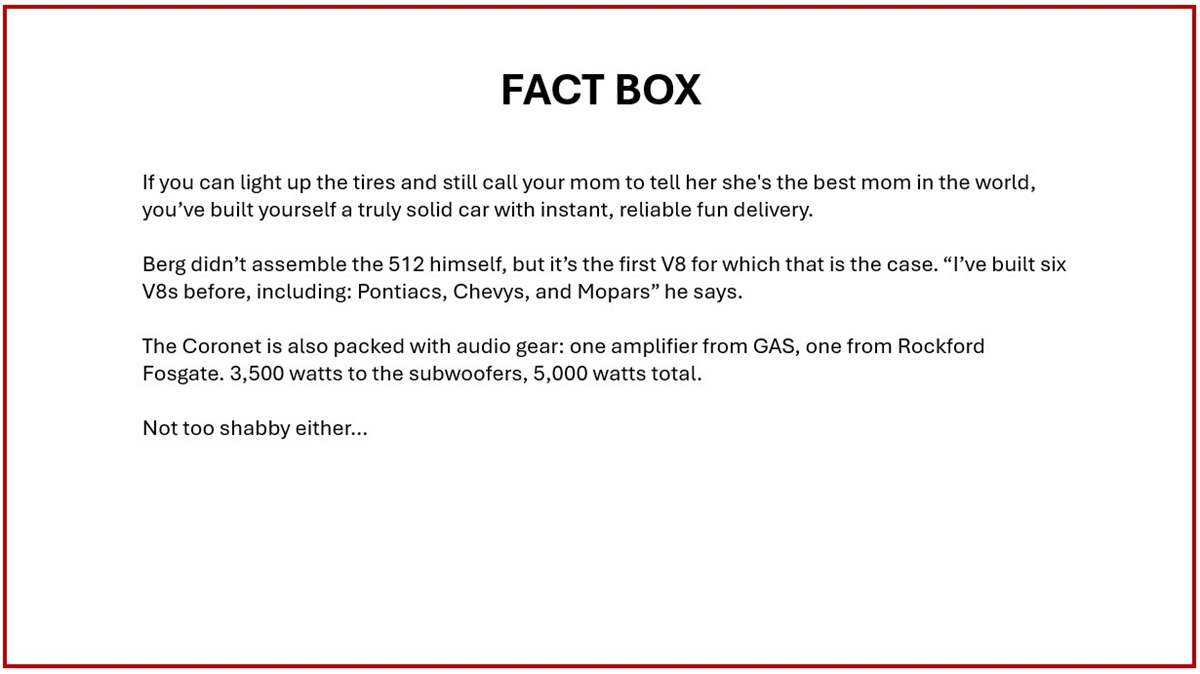
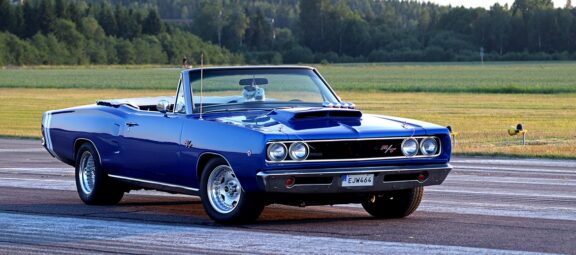
0 Comments